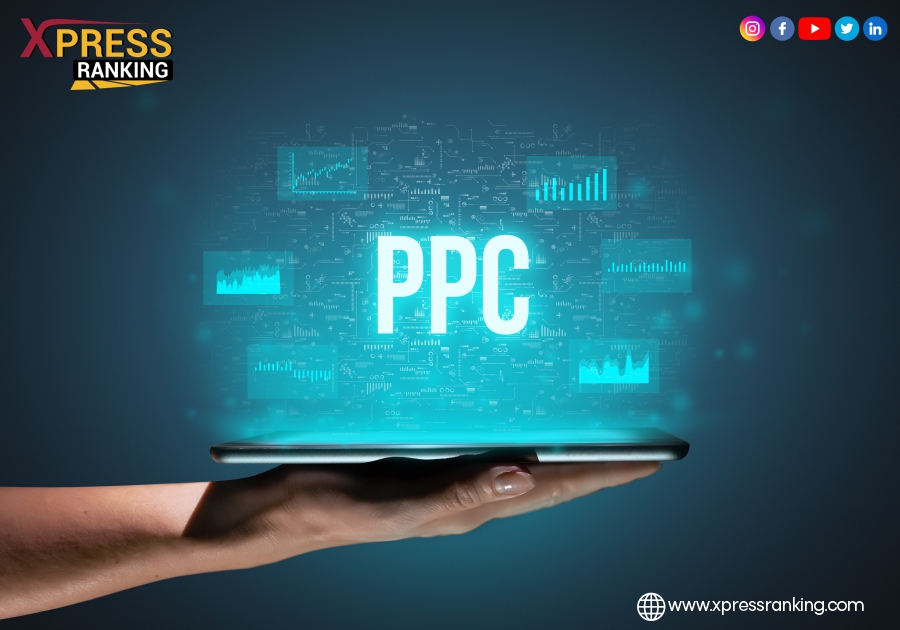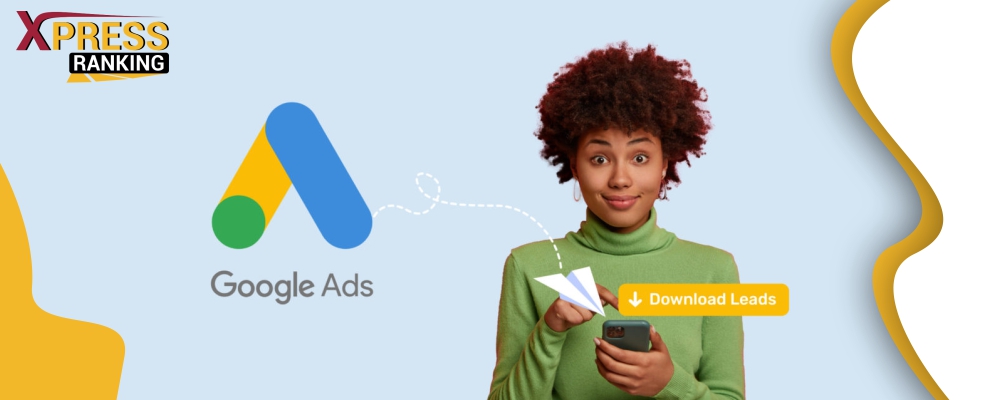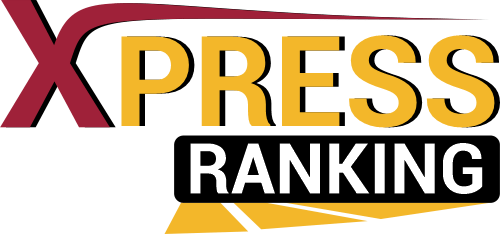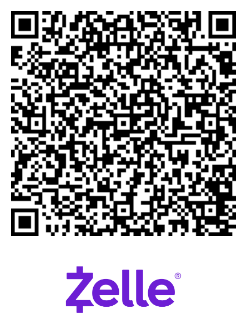PPC is a type of online marketing that companies employ to direct traffic and sales from search engines.
Maybe you’re trying to figure out how to get your first customers and sales for a brand-new business or how to increase the internet visibility of your brand. Pay Per Click can be a terrific way to market your company and attract new clients, but for that first starting with the channel, it can be a little complicated at first.
This manual will explain various platforms and help you understand what PPC is, how it operates, how you can use it to grow your company, and what it is not.
A Small Briefing To PPC
PPC, or pay-per-click, is a type of internet advertising where advertisers place ads on a platform like Google Ads and are charged each time a user clicks on them. Nearly all searches on Google (or Bing) return a results page with advertisements at the top. Businesses use Pay Per Click to attract their target market and increase traffic, sales, or inquiries. Common PPC platforms enable exceptional targeting depth, allowing you to deliver ads solely to people you believe fit your target audience.
People look for providers of goods and services primarily through search engines, and when a market is actively looking for what your company has to offer, there is a chance to make a sale. PPC can assist you in reaching these folks with a level of targeted precision that traditional advertising is unable to provide. PPC allows you to connect with your audience at the exact moment they seek a company like yours while also obtaining data insights that will help you gradually increase the channel’s effectiveness.
Paid advertising is a significant industry, with estimates stating that Alphabet (Google) generates more than $162 billion in revenue annually from its ad platforms.
How Does PPC Work? Here Are The Specifics.
Are you interested in learning how PPC works? Thankfully, we have you covered.
- PPC exists as a result of the value of digital real estate.
- Consider it this way: you must pay for the space on a billboard if you want to place an advertisement there. Similar to that, you will also have to pay to air a TV commercial during a popular program.
- The way the Internet operates is very similar. Prime digital real estate is available on some websites. You will need to pay someone if you want to advertise your brand on those websites.
- The number of impressions is one of the ways websites charge for advertising. This is typically expressed in terms of cost per thousand impressions, or CPM (short for “cost per thousand impressions”).
- If you decide to use that advertising strategy and place your ad on a website like BuzzFeed, you can pay a hefty fee even if no one hits your advertisement. Does that seem right to you?
With this approach, advertisers have the option only to be paid if someone clicks on their advertisements. That is often the best option.
What Is the Process of Pay Per Click Marketing?

Google Ads and Bing Ads are the two most popular ad platforms that fall under the umbrella of PPC as a marketing channel. Since Google Ads provides access to the greatest audience of potential clients and customers and various ways to set up and execute campaigns depending on your goals, you’ll typically find that businesses begin their PPC marketing on this platform.
However, the PPC procedure is relatively straightforward and virtually unchanged regardless of the platform and ad format:
- Create an account with the platform for advertising.
- Make adverts (and select the right targeting by adding keywords or audiences, etc.).
- Decide on the highest price that you will accept for each click.
- Your advertisement is up for auction, and other advertisers place bids on the same keywords.
- The order in which the ads are shown is decided by the bidding.
- When someone clicks on your advertisement, you get paid.
It is relatively simple to understand, and while variations between various ad formats (and other bidding tactics that may be employed, for example), the fundamental ideas remain the same.
But first, let’s examine how the auction functions, as this is often the area that beginners to pay per click find to be the most perplexing.
When a user searches, an ad auction is held to decide many things, such as:
- An ad account’s qualification to participate in the auction.
- The order in which suitable adverts will show up in the ad space on the results pages.
- How much each advertiser whose ads are displayed will pay for a click.
The maximum CPC (cost-per-click) that an advertiser sets in their ad account, either for a particular keyword or ad group—the most they are ready to spend for each click—is the first factor that affects the bidding in this case.
But this is simply the utmost; it doesn’t necessarily mean that’s how much they’ll pay per click.
The Quality Score (QS) is a metric that takes into account a variety of elements, including the anticipated CTR (click-through rate) of an advertisement, the advertisement’s relevance to the search query, and the UX of the landing page to which the ad directs traffic is the other influential factor.
Soon, we will delve further into Quality scores.
The Ad Rank, which may be summed up in simple terms, determines where an advertisement appears on the results page.
Quality Score x Maximum CPC = Ad Rank
Although Google’s actual algorithm is a little more complicated, this is a fantastic way to view it to get a general idea.
What factors into the cost of a click for an advertiser?
Ad Rank is a significant component, but it isn’t the only one that affects CPC. We may comprehend the price an advertiser spends to hold their place as follows:
Cost Per Click = Ad Rank of the advertiser below / Quality Score + $0.01
Principal PPC Platforms A Reputable Digital Marketing Company Involves
This often involves utilizing one (or both) of the top PPC platforms, Google Ads and Bing Ads.
Let’s take a closer look at these and other ad platforms you might use.
Google Ads

The ad platform Google Advertising (formerly known as Google AdWords) enables you to search and shop for commercials on Google, watch video ads on YouTube, and see display ads on Google and Gmail. It is the most well-known PPC platform and has a plethora of chances for every company to profit from the channel.
Microsoft Advertising (Bing Ads)
Similar to Google Ads, Bing Ads also goes by the name Microsoft Advertising, enabling you to run advertisements on Bing, Yahoo, and AOL. The primary distinction between these two platforms, from the viewpoint of management, is the size & potential scope of the market. According to estimates, Google will hold an 87.71 percent market share in the US as of June 2020, followed by Bing at 6.99 percent and Yahoo at 3.44 percent. However, although being used at a smaller level than Google Ads, you can still use Bing Ads to increase traffic and conversions.
Other Ad Networks
You might take into account other ad networks in addition to Google Ads and Bing Ads to use pay per click to boost growth, such as:
- Bidvertiser
- RevContent
- AdRoll
- Facebook Ads
- BuySellAds
- Advertise.com
- AdBlade
- LinkedIn Ads
- Twitter Ads
- Amazon Ads
- AdRecover
The choices above are worth investigating if you wish to increase your presence on these well-known sites (social ads are often seen within their channel, separate to search engine PPC).
The Bottom Line!
To have a successful PPC campaign, you must take care of many things. Furthermore, you will have to understand more aspects like why businesses today find PPC powerful. Before getting started with it, you will also want to know how much it costs to you and when you can see the impacts. You may also be curious to know how a digital marketing company can help and why you should hire one.
Stay tuned with us! We’ll explain all this shortly so that you can welcome PPC campaigns into your digital marketing strategy with open hands.



